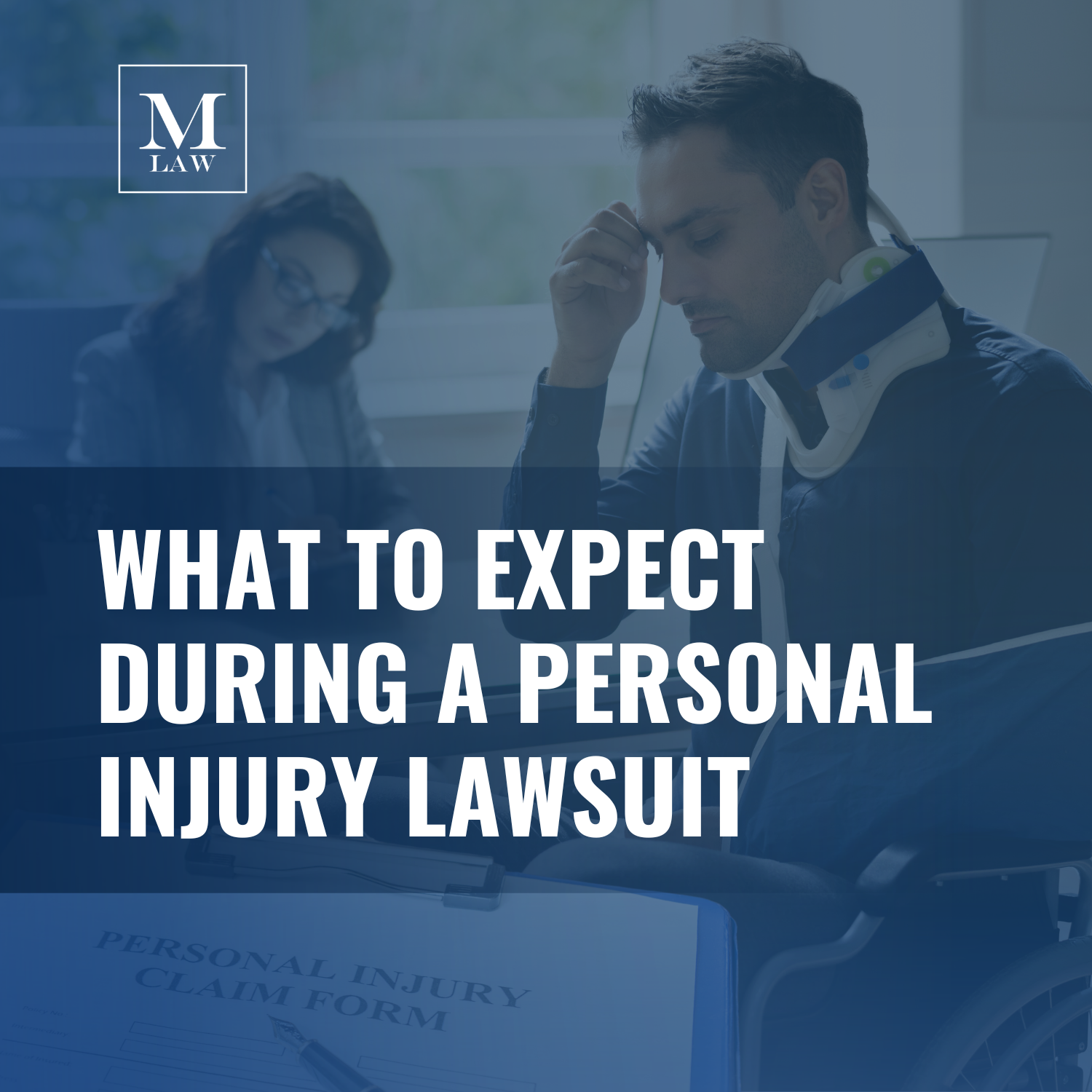Embarking on a personal injury lawsuit can feel overwhelming, especially if you’re unfamiliar with the legal process. Understanding each stage—from filing a claim to resolving your case—can empower you and reduce uncertainty. Here’s what you can expect when pursuing a personal injury lawsuit.
1. Initial Consultation and Case Evaluation
The process begins with an initial consultation where you’ll discuss the details of your case with a personal injury attorney. This includes how the injury occurred, who may be responsible, and the impact on your life. The attorney will assess your case’s viability, explain your legal options, and outline the next steps.
Tip: Bring all relevant documents, such as medical records, photos, and witness information, to help your attorney evaluate your case effectively.
2. Filing the Complaint
If you decide to move forward, your attorney will draft and file a complaint, the legal document that formally starts your lawsuit. It outlines the nature of your injury, the responsible party, and the compensation you seek. The complaint is then served to the defendant, who must respond within a set timeframe.
3. The Discovery Phase
Discovery is a critical stage where both parties exchange information and gather evidence to build their cases. Common discovery methods include:
- Interrogatories: Written questions answered under oath.
- Depositions: In-person interviews conducted under oath.
- Document Requests: Requests for medical records, accident reports, or other relevant evidence.
This phase sets the foundation for settlement discussions or trial preparation.
4. Pre-Trial Motions and Hearings
After discovery, both sides may file pre-trial motions to resolve certain issues before the trial begins. For instance, a motion to dismiss could end the case, while a motion for summary judgment could resolve parts of it without a trial.
5. Settlement Negotiations
Most personal injury cases are resolved through settlement negotiations. Your attorney will work to secure fair compensation for your injuries and losses. If both parties agree to a settlement, the terms are finalized in a written agreement.
Note: Your attorney will advise you on whether a settlement offer is fair, but the final decision is always yours.
6. Trial
If negotiations fail, the case proceeds to trial. During the trial, both sides present evidence and call witnesses. The process includes:
- Opening Statements: Each side outlines their case.
- Witness Testimony and Cross-Examination: Witnesses provide evidence, and opposing attorneys challenge their statements.
- Closing Arguments: Both sides summarize their cases.
After deliberation, the judge or jury delivers a verdict, determining whether the defendant is liable and the amount of compensation owed.
7. Post-Trial Motions and Appeals
After the trial, either party may file motions to modify the judgment or request a new trial. If dissatisfied with the verdict, they may appeal, asking a higher court to review the case for errors.
8. Collecting Compensation
If you win your case or reach a settlement, the final step is collecting your compensation. In most cases, the defendant or their insurer pays the agreed amount. If they fail to comply, additional legal actions may be necessary to enforce the judgment.
Conclusion: Let Merson Law Advocate for You
Navigating a personal injury lawsuit can be overwhelming, but understanding the process is the first step toward justice. At Merson Law, we’re dedicated to guiding you through every phase and fighting for the compensation you deserve.
If you’ve been injured due to someone else’s negligence, contact Merson Law for a free consultation. Let us handle the legal challenges while you focus on healing. Your justice is our priority.








